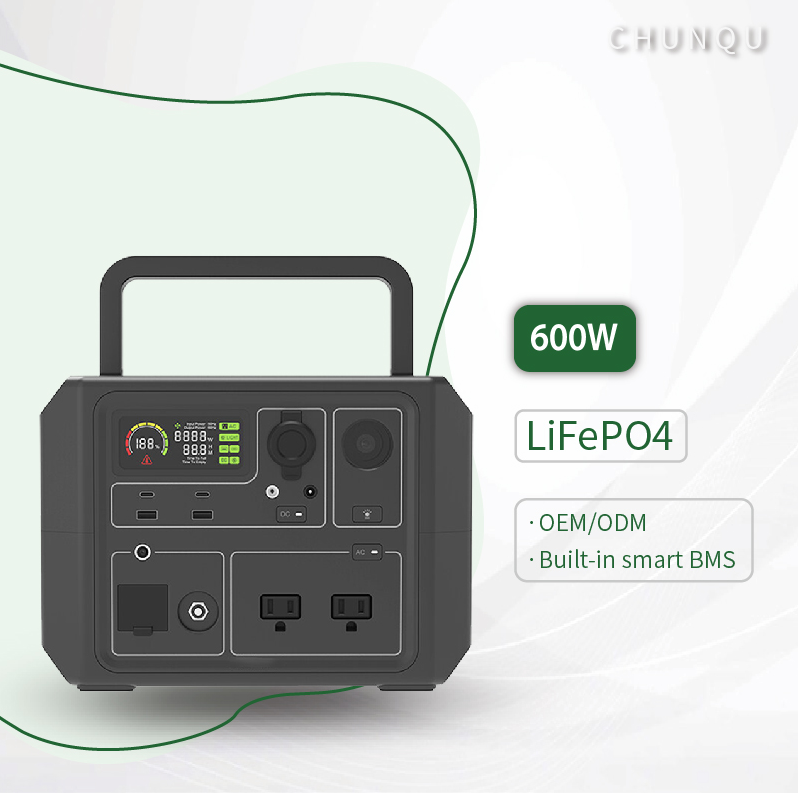Research results
Scientists have been testing a variety of new materials and technologies to improve the cycle life of lithium batteries for cars. Researchers at Stanford University in the United States recently discovered a simple and low-cost solution: just let the battery drain and let it sit for a few hours, not only can the battery capacity be restored, but the overall performance can also be improved. The research results were published in the journal Nature on July 7, 2024.
The next generation of electric vehicles can use lithium metal batteries, which can travel 800-1100 kilometers on a single charge, which is twice the range of traditional lithium-ion batteries. But lithium metal technology has a serious flaw: after a relatively small number of charge and discharge cycles, the battery capacity will drop rapidly.
New research has found that by putting the battery in a discharged state, the lost battery capacity can be restored and the cycle life can be extended. These improvements can be achieved by simply reprogramming the battery management software, without additional costs or changes to equipment, materials or production processes.
Specific operation
The specific operation can be divided into two steps: the first is to completely discharge the battery. Discharging strips all the metallic lithium from the anode, leaving only inactive isolated lithium fragments (dead lithium) surrounded by the solid electrolyte interface (SEI).
Then let the battery sit. The study found that if the battery is left in a discharged state for 1 hour, the dead lithium around the SEI matrix will dissolve away. Reconnection to the anode will rejuvenate the dead lithium, allowing the battery to produce more power and extend its cycle life.
Using time-lapse video microscopy, the researchers visually confirmed the decomposition of the remaining SEI and the subsequent recovery of dead lithium during the resting stage.
A typical electric vehicle has about 4,000 batteries arranged in modules controlled by a battery management system. The battery management system is the “electronic brain” that monitors and controls battery performance. Existing management systems can be programmed to fully discharge a single module to zero remaining capacity. Therefore, this approach does not require expensive new manufacturing technologies or materials.
Cui Yi, a professor in the Department of Energy and Engineering at Stanford University, said that the new research can provide electric vehicle manufacturers with practical insights on how to adapt lithium metal technology to actual driving conditions, help guide future research, and promote lithium metal batteries to widespread commercial applications.
